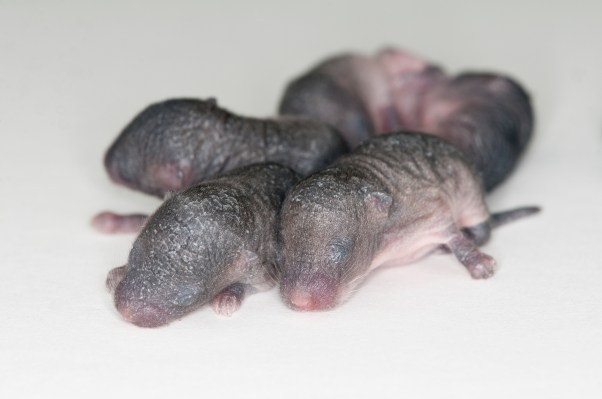Scientists from Northwestern University have developed a bioprosthetic ovary using 3D-printing technology and produced living, breathing mouse offspring from them.
Northwestern’s Feinberg school of medicine and McCormick school of engineering came together for the project using 3D-printing technology and follicles from prior ovarian tissue to form a scaffold that was then placed inside the mouse. Scientists were then able to validate that the new ovaries helped boost hormone production and increased fertility in the mice with the prosthetic ovaries.
While the study centers on mice, it is targeted to women who survived childhood cancer and may not have otherwise had the chance to have children due to the cancer treatment’s damage to their ovaries. Young girls going through the cancer treatment will simply need to cryopreserve the ovary prior to treatment and then scientists can use their genetic material to make new ovaries when they are ready to have children.
It might also help women who might be suffering from low ovarian reserve or older women who, due to the age of their eggs, may have a harder time getting pregnant, according to one of the study’s senior authors Teresa K. Woodruff. However, that’s not likely to happen for another 10 to 15 years, she says.
“The scaffold would be useful in these cases once we have iPS-derived female oocytes and the hormone producing somatic cells (granulosa and theca) and we are able to develop a complete in vitro iPS-derived follicle,” Woodruff told TechCrunch.
In translation, that means scientists would need to make an egg using the woman’s stem cells, then ensure sex hormone production was happening and then insert into a functioning ovarian follicle to stimulate the cycle.
The whole thing borders on some strange-sounding science-fiction but science has actually created eggs from stem cells already. Last October, we brought you a story about a group of Japanese scientists who were able to successfully make mouse babies using the rodent’s skin cells.
And then there’s OvaScience, a publicly traded biotech company that promises it can turn back the biological clock for older women wanting to have kids by growing younger, biologically identical eggs. Prelude is not allowed to serve patients in the U.S. at the moment as it does not have FDA approval but it says it has already successfully created younger eggs for several women in Canada and Japan.
Combined, these methods hold a lot of promise for women who may for a number of reasons not had the opportunity to have children when they wanted or changed their mind about having a family when it was too late.
So far Northwestern has banked 375 ovarian tissues from human patients age one month to 39 years old in 98 participating centers around the country for the purpose of helping these women reproduce at a later date.
